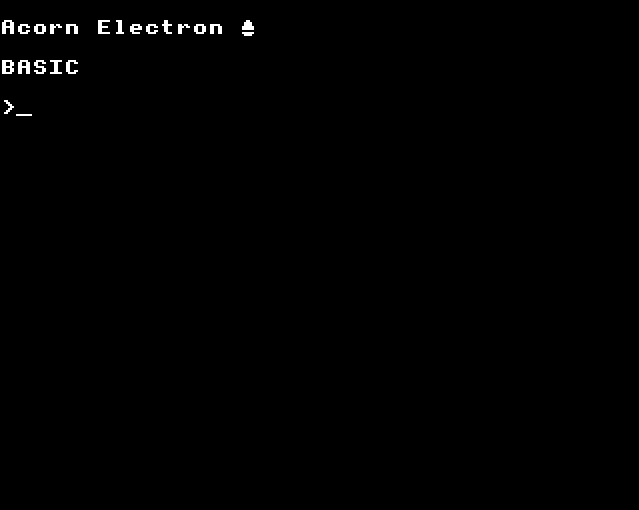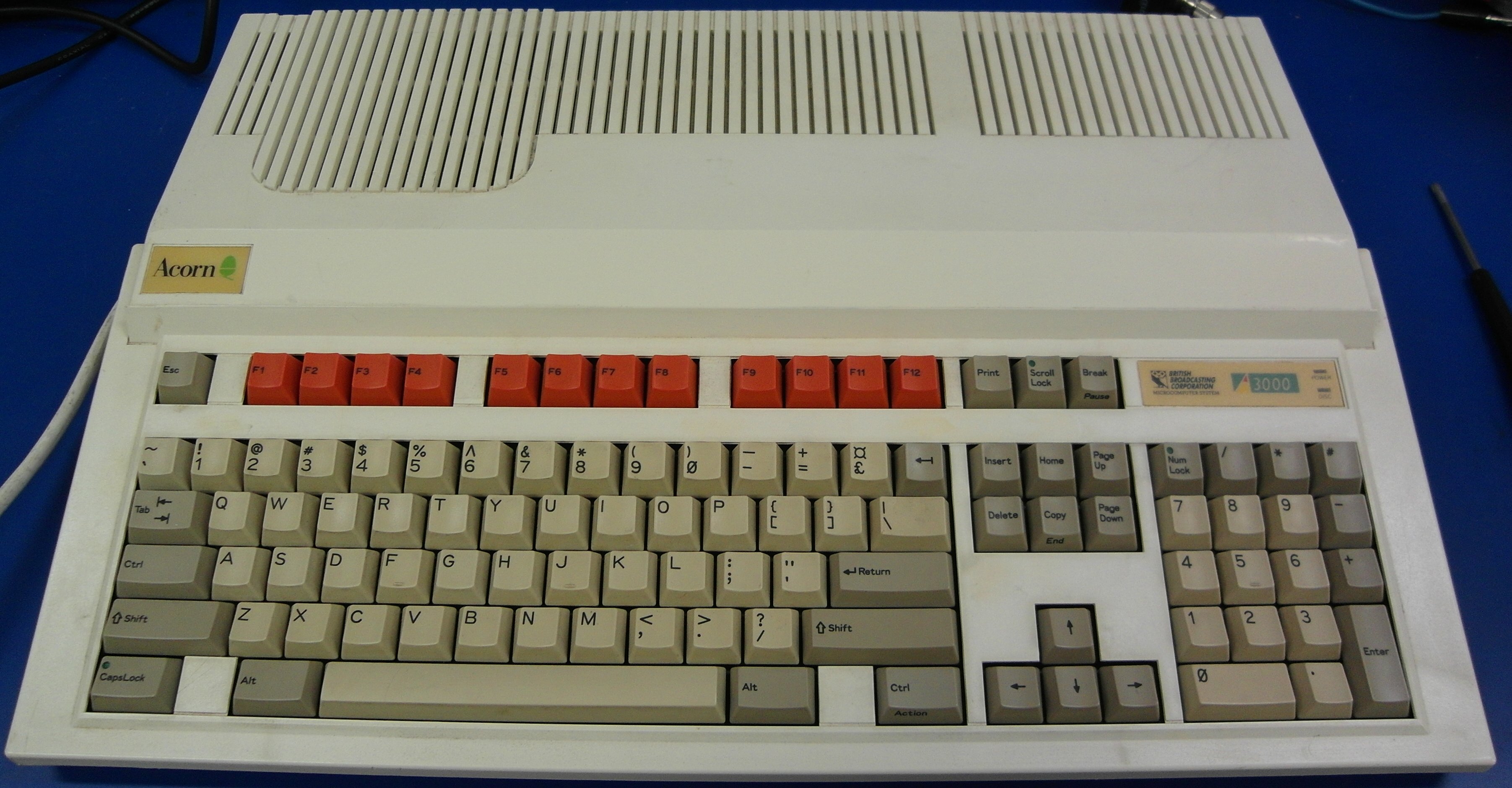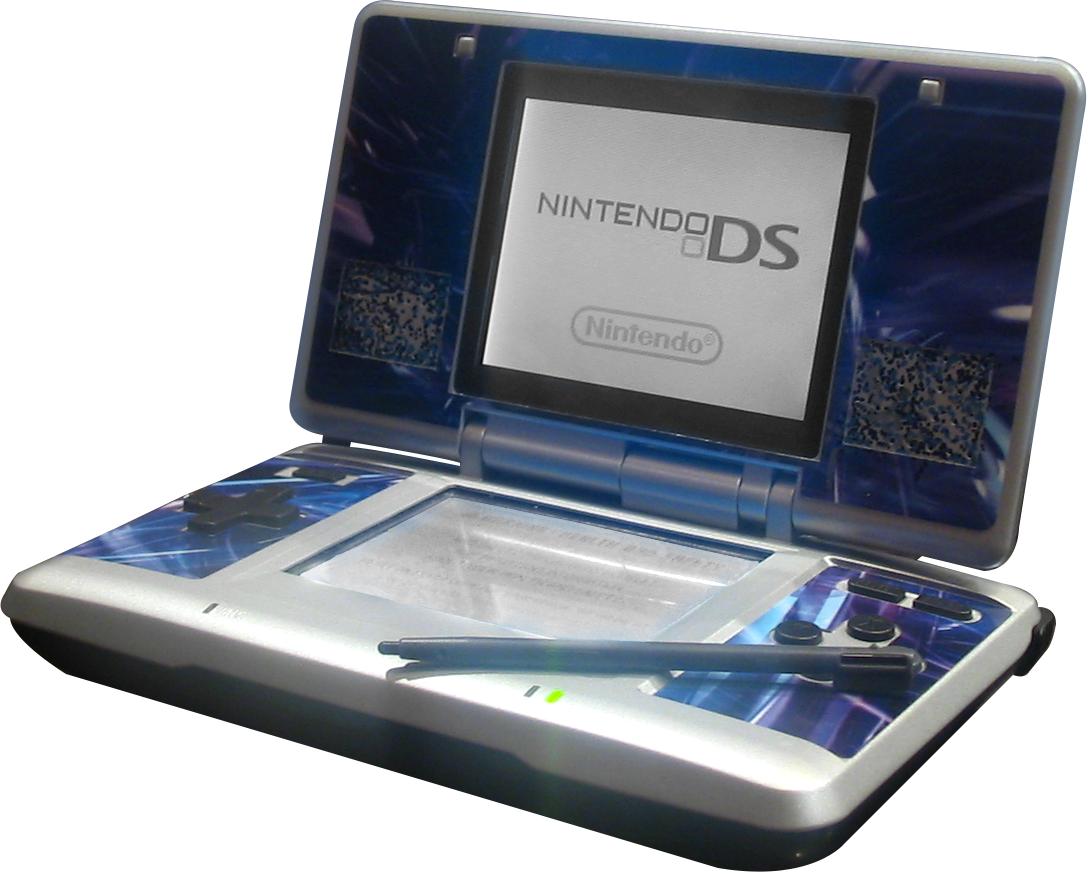|
Sim City
''SimCity'' is an open-ended city-building video game series originally designed by Will Wright. The first game in the series, '' SimCity'', was published by Maxis in 1989 and were followed by several sequels and many other spin-off "''Sim''" titles, including 2000's '' The Sims'', which itself became a best-selling computer game and franchise. Maxis developed the series independently until 1997, and continued under the ownership of Electronic Arts until 2003. EA commissioned various spinoffs from other companies during the 2000s, focusing on console and mobile releases. A 2013 EA-Maxis reboot was subject to what has been described as "one of the most disastrous launches in history", which may have triggered the 2015 shutdown of Maxis Emeryville and the end of the franchise. Gameplay ''SimCity'' titles are real-time management and construction simulators. Across most titles, the player (acting as mayor) is given a blank map to begin and must expand the city with the b ... [...More Info...] [...Related Items...] OR: [Wikipedia] [Google] [Baidu] |
Maxis
Maxis is an American video game developer and a division of Electronic Arts (EA). The studio was founded in 1987 by Will Wright and Jeff Braun, and acquired by EA in 1997. Maxis is best known for its simulation games, including '' The Sims'', ''Spore'' and '' SimCity''. In the late 2010s, Maxis suffered from a series of studio closures and layoffs. This included the shutdown of Maxis Emeryville in 2015, EA Salt Lake in 2017, and a wave of layoffs at Redwood Shores in 2018. With the remainder of Maxis reorganised under EA Mobile, and EA opening new studios under the label from 2019, some commentators have suggested that only the brand name from the original studio survives. History Independent studio (1987-1997) Maxis was founded in 1987 by Will Wright and Jeff Braun to help publish '' SimCity'' on home computers. Before then, the game was only available on a limited basis on the Commodore 64 due to few publishers showing any interest in porting a non-traditio ... [...More Info...] [...Related Items...] OR: [Wikipedia] [Google] [Baidu] |
Mac OS
Two major famlies of Mac operating systems were developed by Apple Inc. In 1984, Apple debuted the operating system that is now known as the "Classic" Mac OS with its release of the original Macintosh System Software. The system, rebranded "Mac OS" in 1997, was preinstalled on every Macintosh until 2002 and offered on Macintosh clones for a short time in the 1990s. Noted for its ease of use, it was also criticized for its lack of modern technologies compared to its competitors. The current Mac operating system is macOS, originally named "Mac OS X" until 2012 and then "OS X" until 2016. Developed between 1997 and 2001 after Apple's purchase of NeXT, Mac OS X brought an entirely new architecture based on NeXTSTEP, a Unix system, that eliminated many of the technical challenges that the classic Mac OS faced. The current macOS is preinstalled with every Mac and receives a major update annually. It is the basis of Apple's current system software for its other devices – ... [...More Info...] [...Related Items...] OR: [Wikipedia] [Google] [Baidu] |
Atari ST
The Atari ST is a line of personal computers from Atari Corporation and the successor to the Atari 8-bit family. The initial model, the Atari 520ST, had limited release in April–June 1985 and was widely available in July. It was the first personal computer with a bitmapped color GUI, using a version of Digital Research's GEM from February 1985. The Atari 1040ST, released in 1986 with 1 MB of RAM, was the first home computer with a cost-per-kilobyte of less than US$1. "ST" officially stands for "Sixteen/Thirty-two", referring to the Motorola 68000's 16-bit external bus and 32-bit internals. The system was designed by a small team led by Shiraz Shivji. Alongside the Macintosh, Amiga, Apple IIGS, and Acorn Archimedes, the ST is part of a mid-1980s generation of computers with 16- or 32-bit processors, 256 Kilobyte, KB or more of RAM, and computer mouse, mouse-controlled graphical user interfaces. The ST was sold with either Atari's color monitor or less expensive ... [...More Info...] [...Related Items...] OR: [Wikipedia] [Google] [Baidu] |
Amstrad CPC
The Amstrad CPC (short for ''Colour Personal Computer'') is a series of 8-bit home computers produced by Amstrad between 1984 and 1990. It was designed to compete in the mid-1980s home computer market dominated by the Commodore 64 and the Sinclair ZX Spectrum, where it successfully established itself primarily in the United Kingdom, France, Spain, and the German-speaking parts of Europe. The series spawned a total of six distinct models: The ''CPC464'', ''CPC664'', and ''CPC6128'' were highly successful competitors in the European home computer market. The later ''464plus'' and ''6128plus'', intended to prolong the system's lifecycle with hardware updates, were considerably less successful, as was the attempt to repackage the ''plus'' hardware into a game console as the ''GX4000''. The CPC models' hardware is based on the Zilog Z80A CPU, complemented with either 64 or 128 KB of RAM. Their computer-in-a-keyboard design prominently features an integrated storage device ... [...More Info...] [...Related Items...] OR: [Wikipedia] [Google] [Baidu] |
Amiga CDTV
The CDTV (from Commodore Dynamic Total Vision, later treated as a backronym for Compact Disc Television) is a home multimedia entertainment and video game console – convertible into a full-fledged personal computer by the addition of optional peripherals – developed by Commodore International and launched in April 1991. Description The CDTV is essentially a Commodore Amiga 500 home computer with a CD-ROM drive and remote control. With the optional keyboard, mouse, and floppy disk drive, it gained the functionality of the regular Amiga. Commodore marketed the machine as an all-in-one multimedia appliance. As such, it targeted the same market as the Philips CD-i. The expected market for multimedia appliances did not materialize, and neither machine met with any real commercial success. Though the CDTV was based entirely on Amiga hardware, it was marketed strictly as a CDTV, with the Amiga name omitted from product branding. Commodore announced the CDTV at the summer 1990 Cons ... [...More Info...] [...Related Items...] OR: [Wikipedia] [Google] [Baidu] |
Amiga
Amiga is a family of personal computers introduced by Commodore International, Commodore in 1985. The original model is one of a number of mid-1980s computers with 16- or 32-bit processors, 256 KB or more of RAM, mouse-based GUIs, and significantly improved graphics and audio compared to previous 8-bit systems. This includes the Atari ST—released earlier the same year—as well as the Macintosh and Acorn Archimedes. Based on the Motorola 68000 microprocessor, the Amiga differs from its contemporaries through the inclusion of custom hardware to accelerate graphics and sound, including sprite (computer graphics), sprites and a blitter, and a pre-emptive multitasking operating system called AmigaOS. The Amiga 1000 was released in July 1985, but production problems kept it from becoming widely available until early 1986. The best-selling model, the Amiga 500, was introduced in 1987 along with the more expandable Amiga 2000. The Amiga 3000 was introduced in 1990, followed by t ... [...More Info...] [...Related Items...] OR: [Wikipedia] [Google] [Baidu] |
Acorn Electron
The Acorn Electron (nicknamed the Elk inside Acorn and beyond) was a lower-cost alternative to the BBC Micro educational/home computer, also developed by Acorn Computers Ltd, to provide many of the features of that more expensive machine at a price more competitive with that of the ZX Spectrum. It had 32 kilobytes of Random Access Memory, RAM, and its Read-only memory, ROM included BBC BASIC II together with the Acorn MOS, operating system. Announced in 1982 for a possible release the same year, it was eventually introduced on 25 August 1983 priced at £199. The Electron was able to save and load programs onto compact audio cassette, audio cassette via a supplied cable that connected it to any standard tape recorder that had the correct sockets. It was capable of bitmapped graphics, and could use either a television set, a colour (RGB) monitor or a monochrome monitor as its display. Several expansions were made available to provide many of the capabilities omitted from the BBC M ... [...More Info...] [...Related Items...] OR: [Wikipedia] [Google] [Baidu] |
Acorn Archimedes
Acorn Archimedes is a family of personal computers designed by Acorn Computers of Cambridge, England. The systems are based on Acorn's own ARM architecture processors and the proprietary operating systems Arthur and RISC OS. The first models were introduced in 1987, and systems in the Archimedes family were sold until the mid-1990s. ARM's RISC design, a 32-bit CPU (using 26-bit addressing), running at 8 MHz, was stated as achieving 4.5+ MIPS, which provided a significant upgrade from 8-bit home computers, such as Acorn's previous machines. Claims of being the fastest micro in the world and running at 18 MIPS were also made during tests. Two of the first models—the A305 and A310—were given the BBC branding, with BBC Enterprises regarding the machines as "a continuing part of the original computer literacy project". Dissatisfaction with the branding arrangement was voiced by competitor Research Machines and an industry group led by a Microsoft representative, ... [...More Info...] [...Related Items...] OR: [Wikipedia] [Google] [Baidu] |
Palm OS
Palm OS (also known as Garnet OS) was a mobile operating system initially developed by Palm, Inc., for personal digital assistants (PDAs) in 1996. Palm OS was designed for ease of use with a touchscreen-based graphical user interface. It is provided with a suite of basic applications for personal information management. Later versions of the OS have been extended to support smartphones. Several other licensees have manufactured devices powered by Palm OS. Following Palm's purchase of the Palm trademark, the currently licensed version from ACCESS was renamed ''Garnet OS''. In 2007, ACCESS introduced the successor to Garnet OS, called Access Linux Platform; additionally, in 2009, the main licensee of Palm OS, Palm, Inc., switched from Palm OS to webOS for their forthcoming devices. Creator and ownership Palm OS was originally developed under the direction of Jeff Hawkins at Palm Computing, Inc. Palm was later acquired by U.S. Robotics Corp., which in turn was later bought by 3Co ... [...More Info...] [...Related Items...] OR: [Wikipedia] [Google] [Baidu] |
PlayStation 3
The PlayStation 3 (PS3) is a home video game console developed by Sony Interactive Entertainment, Sony Computer Entertainment. The successor to the PlayStation 2, it is part of the PlayStation brand of consoles. It was first released on November 11, 2006, in Japan, November 17, 2006, in North America, and March 23, 2007, in Europe and Australia. The PlayStation 3 competed primarily against Microsoft's Xbox 360 and Nintendo's Wii as part of the seventh generation of video game consoles. The console was first officially announced at E3 2005, and was released at the end of 2006. It was the first console to use Blu-ray Disk technology as its primary storage medium. The console was the first PlayStation to integrate social gaming services, including the PlayStation Network, as well as the first to be controllable from a handheld console, through its remote connectivity with PlayStation Portable and PlayStation Vita. In September 2009, the ''Slim'' model of the PlayStation 3 was rele ... [...More Info...] [...Related Items...] OR: [Wikipedia] [Google] [Baidu] |
Sega Saturn
The is a home video game console developed by Sega and released on November 22, 1994, in Japan, May 11, 1995, in North America, and July 8, 1995, in Europe. Part of the fifth generation of video game consoles, it was the successor to the successful Sega Genesis. The Saturn has a dual-Central processing unit, CPU architecture and eight processors. Its games are in CD-ROM format, and its game library contains several Porting, ports of arcade games as well as original games. Development of the Saturn began in 1992, the same year Sega's groundbreaking 3D computer graphics, 3D Sega Model 1, Model 1 arcade hardware debuted. The Saturn was designed around a new CPU from the Japanese electronics company Hitachi. Sega added another video display processor in early 1994 to better compete with Sony Interactive Entertainment, Sony's forthcoming PlayStation (console), PlayStation. The Saturn was initially successful in Japan but failed to sell in large numbers in the United States, where ... [...More Info...] [...Related Items...] OR: [Wikipedia] [Google] [Baidu] |
Nintendo DS
The is a handheld game console produced by Nintendo, released globally across 2004 and 2005. The DS, an initialism for "Developers' System" or "Dual Screen", introduced distinctive new features to handheld games: two LCD screens working in tandem (the bottom one being a touchscreen), a built-in microphone and support for wireless connectivity. Both screens are encompassed within a clamshell design similar to the Game Boy Advance SP. The Nintendo DS also features the ability for multiple DS consoles to directly interact with each other over Wi-Fi within a short range without the need to connect to an existing wireless network. Alternatively, they could interact online using the now-defunct Nintendo Wi-Fi Connection service. Its main competitor was Sony's PlayStation Portable during the seventh generation of video game consoles. Prior to its release, the Nintendo DS was marketed as an experimental "third pillar" in Nintendo's console lineup, meant to complement the Game Bo ... [...More Info...] [...Related Items...] OR: [Wikipedia] [Google] [Baidu] |







